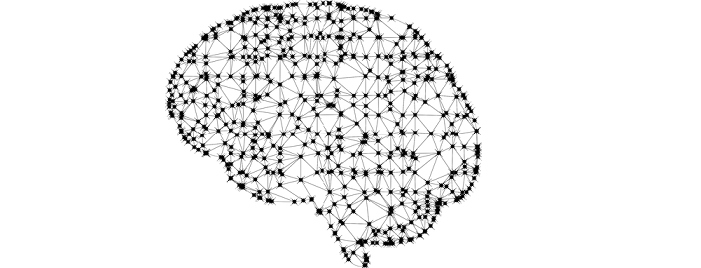The Barbican exhibition on AI (running until 26thAugust) is a bold attempt to bring together cultural and scientific history, analysis of current technologies and issues, and examples of possible futures. When I visited it was certainly popular, with lots of young people enjoying playing with the exhibits.
The first section identified how over history there have been many cultural ideas about inanimate objects coming alive. This covered the Jewish Golem, Mary Shelley’s Frankenstein monster, Japanese Bunraku puppetry, through to more modern examples like Blade Runner.
More interestingly, in the second area, there was an extensive history of scientific thought into artificial intelligence. This covered “Stanford’s cart”, a 1960 attempt at an autonomous vehicle; basic principles such as Gödel’s Incompleteness Theorem; “expert systems” (an approach to AI now largely superseded); and on to a discussion about the Singularity, when AI becomes more than human. Unfortunately, because the place was so busy, it was difficult to go through all of the information presented, which seemed very comprehensive.
Another section explained the basic technology of modern AI – machine learning, deep learning, neural networks etc – with a number of interactive displays.
This section raised some of the common concerns about AI: biased decisions because of incomplete data, privacy and security, the relationship between humans and AI systems (empathetic or confrontational). One particular area was the use of AI by the military – autonomous weapons systems. Many people are unhappy with the idea of machines killing people with no human intervention and are now trying to get international agreements to ban such weapons, in the same way as we have bans on chemical weapons – stopkillerrobots.org. This seemed an oddly simplistic area – most people who have any interest in AI will already have come across these questions, and they weren’t explored in any depth.
Then there was a display devoted to AlphaGo, which raised the question of what it means to be creative. Does the fact that the system made an unexplained innovative move differ in any real sense from an expert’s (detective, surgeon) “gut instinct” – something built up over years’ of experience?
A section on the interaction of the biological world and AI explored how one could create environments that mimicked those of history or other planets, and how plant development could itself encode information – “endless evolution”. “A-life” explored how bio-mimicry could create new products and challenge ones’ perception of what was natural and what engineered. Some of the supporting information seemed over-ambitious however – “changing the nature of time”?
Down in the Barbican Pit was an immersive display – “What a Loving and Beautiful World”. Pretty images rolled around the four walls of the room, and by waving at them you could change how they behaved. It wasn’t all clear what the point of this was – when asked the assistant explained what it did, but not why.
Perhaps the best example of new robotic usefulness was the “MakrShakr” – an automated cocktail maker, but sadly, I didn’t get chance to sample its wares!
Written by Huw Williams, SAMI Principal
The views expressed are those of the author and not necessarily of SAMI Consulting.
SAMI Consulting was founded in 1989 by Shell and St Andrews University. They have undertaken scenario planning projects for a wide range of UK and international organisations. Their core skill is providing the link between futures research and strategy.
If you enjoyed this blog from SAMI Consulting, the home of scenario planning, please sign up for our monthly newsletter at newreader@samiconsulting.co.uk and/or browse our website at http://www.samiconsulting.co.uk


